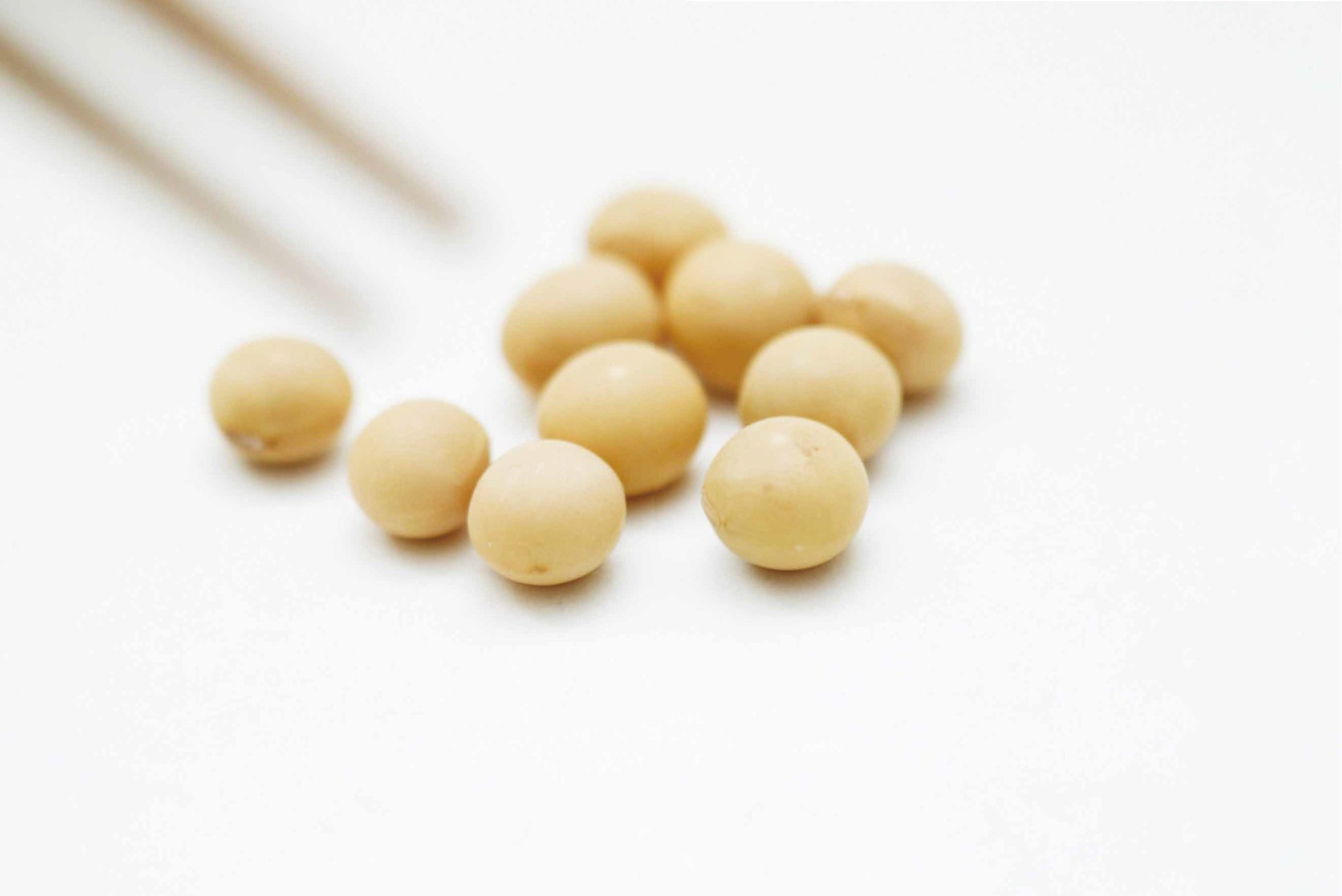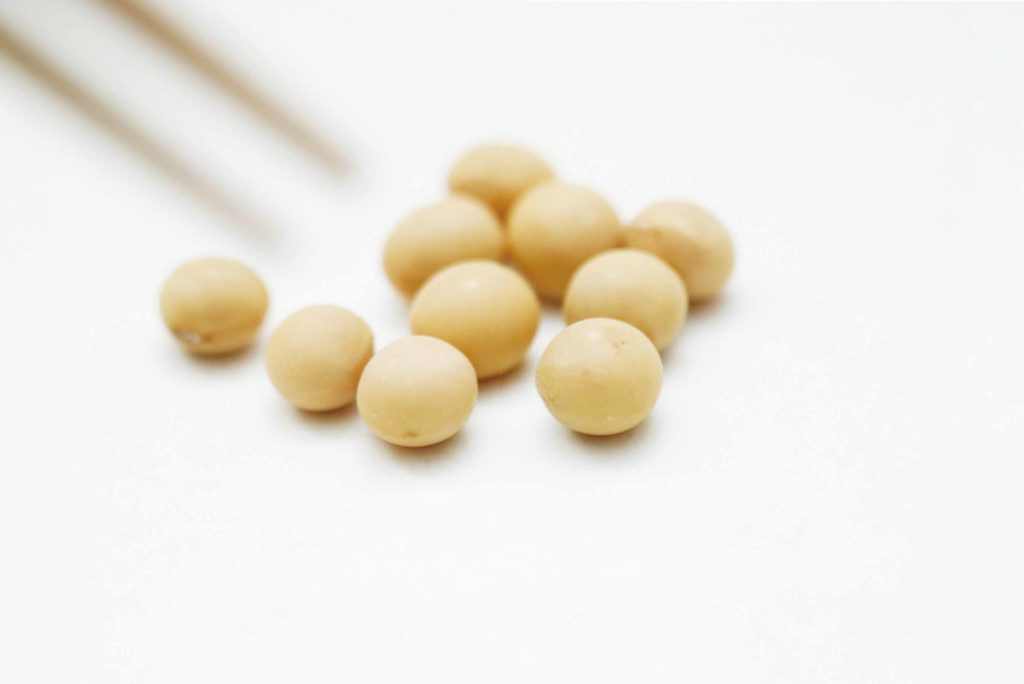
Traditional Japanese cuisine was registered UNESCO’s Lists of Intangible Cultural Heritage in 2013 and Japanese food continues to experience a boom in Australia and all over the world. What’s at the heart of Japanese culinary culture? Fermented foods.
Japan is one of the top producers of fermented food products in the world
Introducing fermented food
Microorganisms such as bacteria, mould, or yeast can be intentionally added to wheat, legumes, and other foodstuffs to create what we know as fermented food. Fermented foods often have more intense flavours due to the alcohol and organic acids in them produced through the fermentation process, which can largely vary depending on the exact combination of base ingredients and microorganisms involved. These foods are said to restore gut health, maintain the ability to remove free radicals (reactive oxygen), as well as strengthen the immune system.
Human beings gain benefit from consuming such foods as the fermentation process involves the rapid multiplication of microorganisms that change the original composition of the ingredients to allow so. Fermented foods high in nutritional value are created when the enzymes naturally found in the bacteria in foodstuffs break down starches and proteins to create amino acids, sugar, and a variety of other products to produce new flavours and full aromas not previously found. When theaction of bacteria is beneficial to the human body, it is known as “fermentation,” and when it is detrimental, it is known as “decay.” By the same token, bacteria that cause a fermentation reaction in foods are called “good bacteria,” while those that cause food to decay are called “harmful bacteria.”
Japan has an ingrained fermented food culture and is one of the top producers of fermented food products in the world with foods fermented with koji mould said to have had a significant influence on this. The benefits of fermented foods continue to garner attention throughout the world despite many consumers still in the dark about how exactly fermentation works to create such full flavours.
Japan’s fermented food fixings
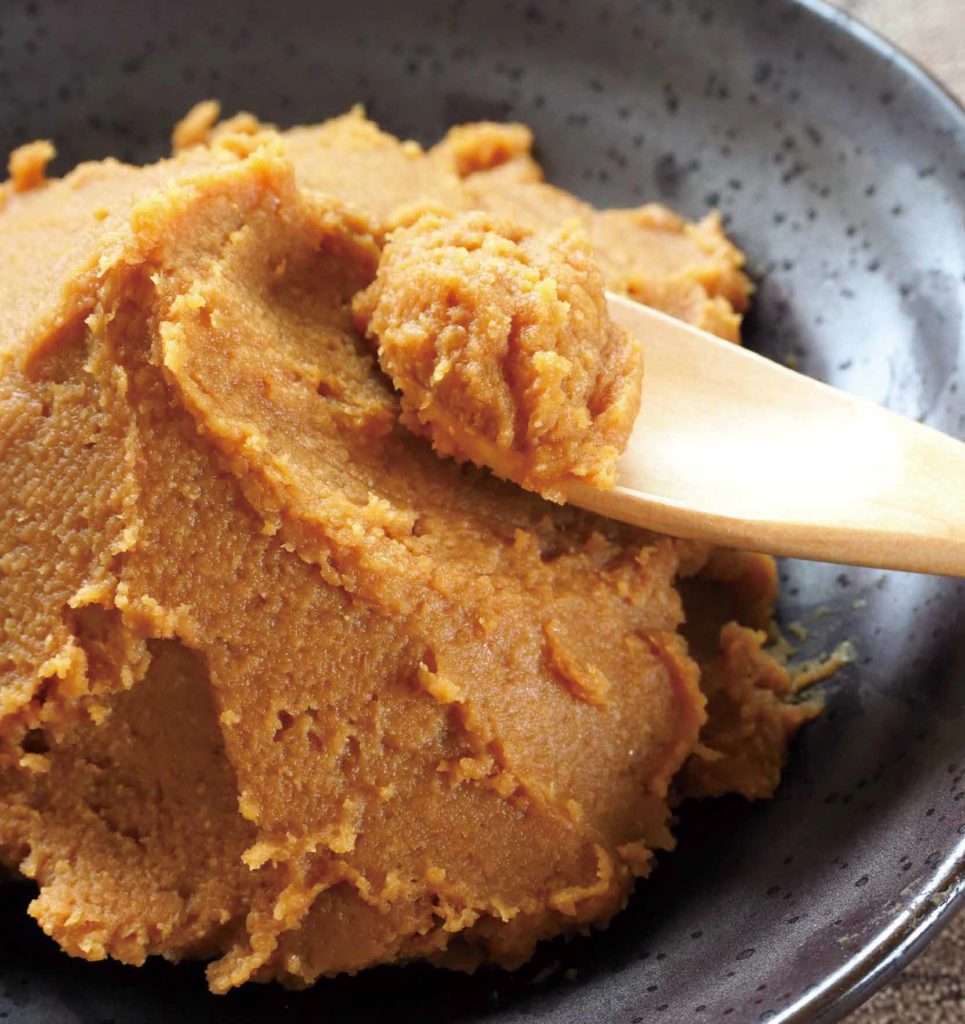
Fermentation has been used across the world throughout time as a way to preserve food. Bread, yoghurt, cheese, salami, anchovies, beer, and wine were, and continue to be, fermented staples in the West. In the East, outside of Japan, kimchi, fish sauce, and fermented tofu are commonplace. Over in Japan, there is a wide variety of fermented foods such as soy sauce, miso, vinegar, mirin, natto, katsuobushi, pickled vegetables, sake, and shochu.
Soy sauce is made through the fermentation of soybeans and wheat using koji mould, yeast, and lactic-acid bacilli. The level of amino acids present is increased during the fermentation process, boosting the umami flavour and imparting the sweetness of grape sugar. This, combined with the acidity of the lactic acid, and the bitterness of the peptides are what produce the unique soy-sauce flavour. Soy sauce has a large influence on the key principles of cooking in Japan, which are said to be salt content, dashi, and level of heat applied. It can often determine the level of salt in a dish, and its glutamic acid content is a component of dashi. The distinct aroma of soy sauce caramelising helps to whet the appetite and allows a chef to showcase their cooking skills. Soy sauce is so versatile in a Japanese kitchen that it can be used in almost anything. The colour, flavour, and aroma of soy sauce work in harmony with a variety of ingredients such as meat, fish, and vegetables, without being overpowering.
Soy sauce goes hand-in-hand with sushi and sashimi, and while it may just seem like a culinary coincidence, there is a scientific reason for this. It not only adds flavour to the fish, but it also helps to cancel out the raw smell that it may have. Trimethylamine is the root cause of this smell and the mildly acidic nature of soy sauce helps to neutralise this. Soy sauce is also said to have sterilising properties with the salt, alcohols, and organic acids in it aiding to halt the growth of and kill bacteria in the gut.
Another big player in the fermented foodstuffs cupboard of Japan is miso. It is known as the “meat of the fields” thanks to its high levels of protein. The process of fermenting the soybeans to create miso enhances their sweetness and boost the umami content, making it more palatable. It is said to have a range of benefits such as warming the body, promoting good circulation and gut health, fighting cancer, slowing the effects of ageing, and lowering cholesterol. The Japanese saying “eat miso and say goodbye to the doctor” can be attributed to the fermented products health benefits and high nutritional value. Fermented foods have also gained attention in the fight to prevent infection as they are said to strengthen the immune system.
Soy sauce, miso, and other such condiments that are core components of Japanese cooking can only exist because of koji. In fact, it can even be said that Japan’s unique culinary culture has been shaped by koji. Koji is a product of koji mould being applied to steamed cereals such as rice, wheat, and soybean and allowed to reproduce under the right heat and humidity.
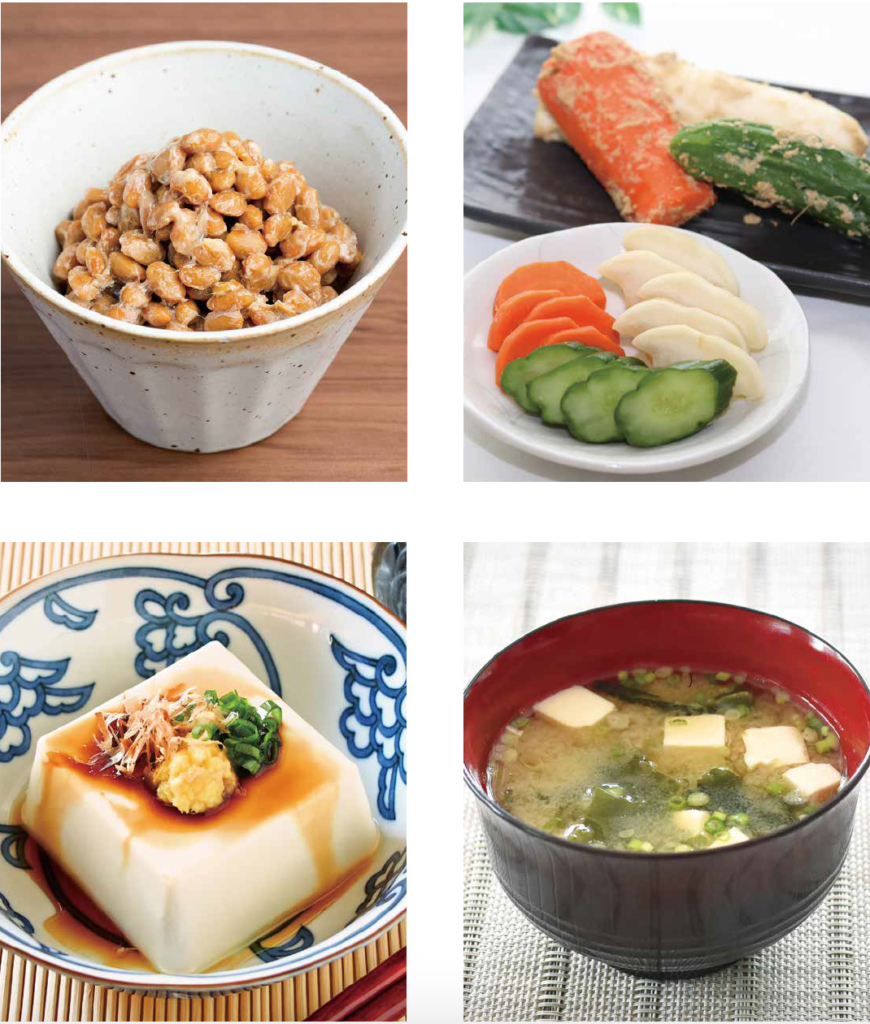
Probiotics
The principles of macrobiotics suggest that fermented foods should be proactively incorporated into one’s daily diet as a core foodstuff. Fermented foods contain live bacteria, known as “probiotics” that are beneficial to the human body. These foods represent a tradition of techniques spanning the ages that have been used to preserve local, seasonal produce. Consuming probiotics helps to adjust the balance of intestinal flora, promote good gut health, and is good for mental wellbeing. They offer many benefits, playing a role in invigorating enteric bacteria, promoting good passage, and leading to larger numbers of good bacteria in the gut.
Science has shown that certain bacteria can have psychological benefits of reducing unease in internal organs. The bacteria commonly used in staples of Japanese cuisine may help to reduce anxiety, stress, and boost overall feelings of happiness.
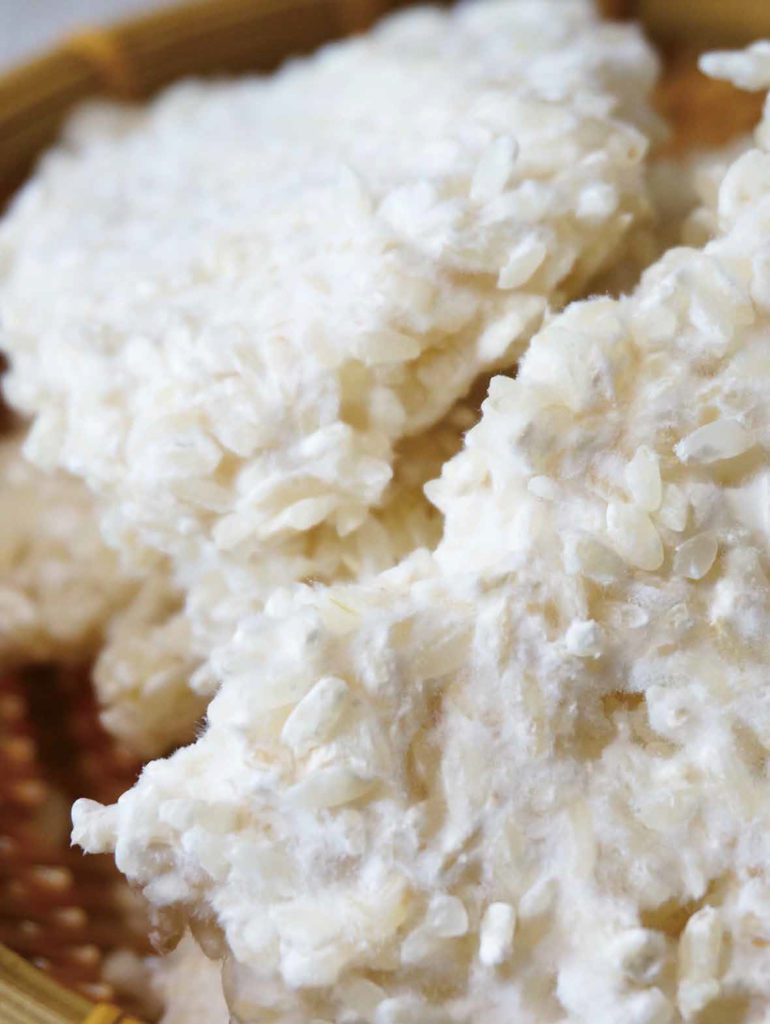
Three Main Benefits of Fermented Foods
Food enhancers
Enzymes are used to convert starches into sugar (the sweet component) and proteins into amino acids (the umami component) when bacteria come into contact with the base ingredients of food. These enzymes produced by bacteria greatly enhance the flavour and aroma of food by giving them their full-bodied, deep flavour and softness, boosting their umami profile, and increasing their nutrient makeup.
Improving food preservation
The flavour, aroma, and nutrient altering properties of fermentation are additional benefits to the original purpose of fermentation. Foods that have been fermented can be preserved for far longer than fresh foods. Miso and natto last longer than regular soybeans, whereas cheese and yoghurt take longer to spoil than milk. Fermented foods are often prepared using salt and while this does help to extend the life of foods, the main contributing factor is the bacteria, which promotes fermentation, helps to prevent the multiplication of other, potentially detrimental, bacteria. Good bacteria in fermented foods counter the bad bacteria that cause decay and components created during the fermentation process can have antibacterial capabilities that make them powerful, natural preservatives. This halting of the decaying effects of bad bacteria can allow foods to be preserved for longer than otherwise in their fresh state, boosting the umami flavour through the maturation process.
Health and beauty
Nutrients from fermented foods can be more readily absorbed than fresh foods as fermentation accelerates the process of decomposition.
Benefits such as improved gut health and immunity can also be attained through the enzymes and lactic-acid bacilli found in fermented foods. The large number of good bacteria found in these foods promotes good gut health and boosts immunity. This increase in good bacteria in the gut lowers the level of bad bacteria. Immunity is strengthened through the increased intake of nutrients, whilst fermentation allows antioxidants such as vitamin C, carotene, flavonoids, and polyphenol to be easier to take into the body. This also acts to remove free radicals and increases the efficiency of amino acid and enzyme intake required for beautiful skin, providing anti-ageing benefits.
Fermented foods contain enzymes that promote good digestion and help to pass decayed enzymes that act as food for bad bacteria. Lactic-acid bacilli can also be found in many of these foods and can help to detox and promote good gut health.
Maintain a happy and healthy body and mind by incorporating fermented Japanese foods into your diet.
The History of Fermented Foods in Japan
Enhancing the flavour of food
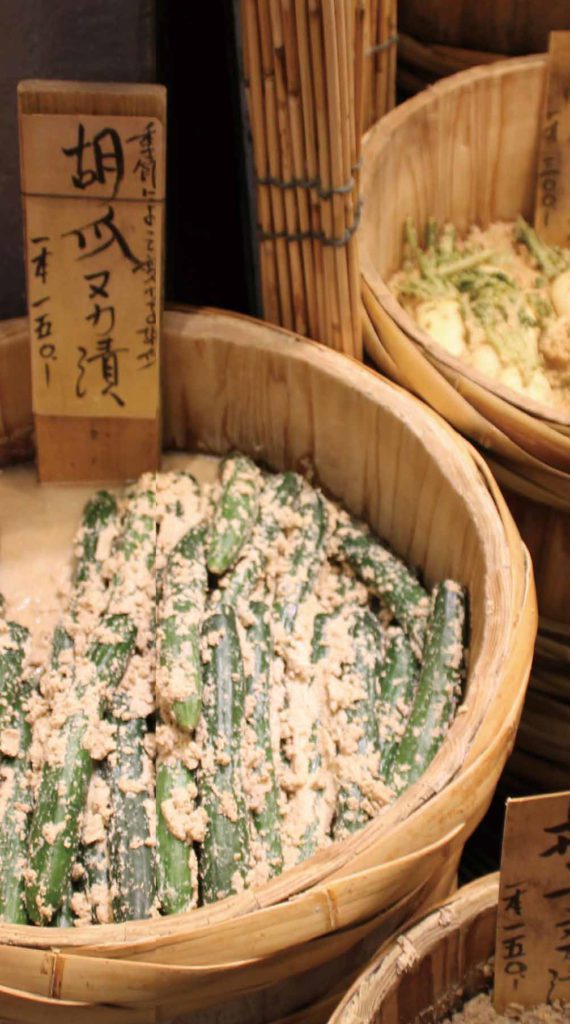
The fermentation of food has a long history and can be observed throughout the ages with estimates placing the origins of the process at 4,000 to 6,000 years ago. This is a testament to just how important and loved fermented foods have been throughout history, recorded or otherwise.
The oldest written record of fermented foods in Japan is of salt-pickled gourd described on a wooden tablet during the Tenpyo era (729 – 749) of the Nara period. The warm, humid climate of Japan creates the perfect environment for fermentation and fermented foods made using koji through steaming rice, wheat, and soybeans have been a staple throughout history. Without koji mould, the pillars of Japanese cuisine that include soy sauce, miso, sake, and vinegar would not exist today.
Makers of seed malt used in the production of koji already existed during the Heian period, and they were said to be the first commercial traders in bacteria across the world. A producer of soy sauce also existed during this time that made soy sauce with four types of base ingredients (cereals, fish, meat, and vegetables) and utilised an impressive technique where ash was used to extract the koji mould and nothing else.
